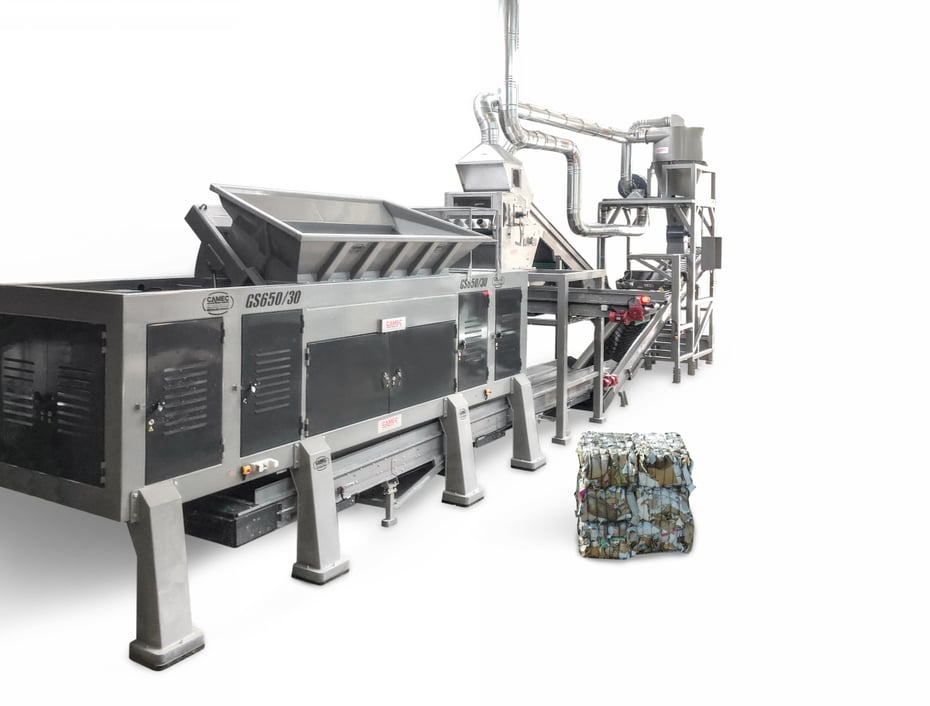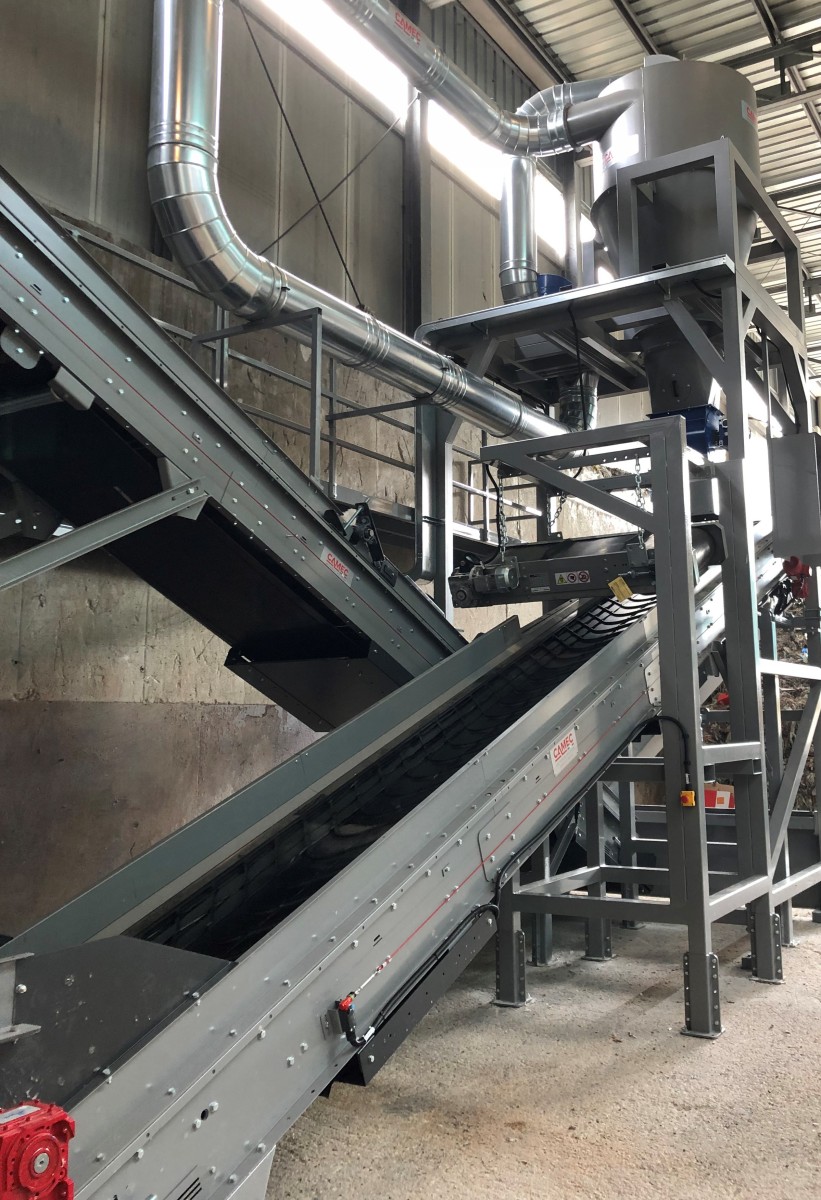Paper seems, apparently, one of the simplest materials to recycle: its fragility and the ease with which we can shred it with our bare hands may lead us to believe that the recycling plants that treat this material require relatively simple structures.
Nothing further from the truth. Paper, despite appearances, is in fact an abrasive and very tough material in the volumetric reduction phase, which, in order to be treated effectively, requires the use of powerful machines and particularly wear-resistant blades.
The difficulties related to paper recycling, however, do not stop there: even the treatment of pulper waste requires particular attention, but it can bring great advantages to companies that choose to have a special plant dedicated specifically to the recovery of this material.
Pulper waste: what is it and how to treat it during the phase of paper recycling
Pulper is a mixture created as a result of the paper pulping process. When paper is sent to the recycling plant, indeed, it always contains a certain amount of impurities and non-cellulosic components. These impurities are eliminated during the recycling process; therefore they do not enter the paper recycling circle, but form a mixture made up of different materials (plastic, metal, glass, wood, sand…) which must be disposed of separately.
Normally the pulper waste is simply collected and sent to landfill, but it is possible to subject it to some particular recovery treatments that allow you to separate some of the materials present inside. This guarantees a double advantage:
- the amount of waste to be sent to landfill is reduced
- materials that are still usable are recovered, enhancing them
CAMEC solutions for the treatment of pulper waste
CAMEC offers to all entities specialized in paper recycling a plant specifically dedicated to the treatment of pulper, designed to separate its ferrous fraction from the non-ferrous one.
The shredding of the material is carried out with a GS650 single-rotor shredder, equipped with a radial hydraulic pusher that compresses the waste inside the particular grinding chamber. By means of the rotor – equipped with special rotating tools – and a calibration grid, the waste is thus reduced to a controlled size of 30 mm.
The shredded material is then transferred onto an unloading belt which feeds an elevating belt equipped with a magnetic separator. This separator, placed above the elevation belt, attracts the ferrous material upwards and moves it sideways, eventually causing it to fall onto the iron discharge belt, on which any residual ferrous metals are also sent.
Finally, the material thus selected is further separated by means of a patented separator which, using a magnet and a current of air, allows to divide the ferrous material from the non-ferrous one. The separator is equipped with a rotating magnetic drum – which attracts the ferrous fraction in the flying phase – and with an air jet that intercepts the material as it moves from the belt to the magnet, diverting the lighter parts towards a suction hood. The material collected by the hood is subsequently filtered by a decanter cyclone and sent to a dust suppression filter, while the ferrous material is collected.
This process makes it possible to effectively separate the ferrous fraction of the pulper from the non-ferrous one, simplifying the disposal of the material and making it possible to make the most of the waste. The patented separation technology, in fact, is extremely efficient, so much so that the recovered material allows you to return in a short time from the investment incurred to purchase and commission the plant.


